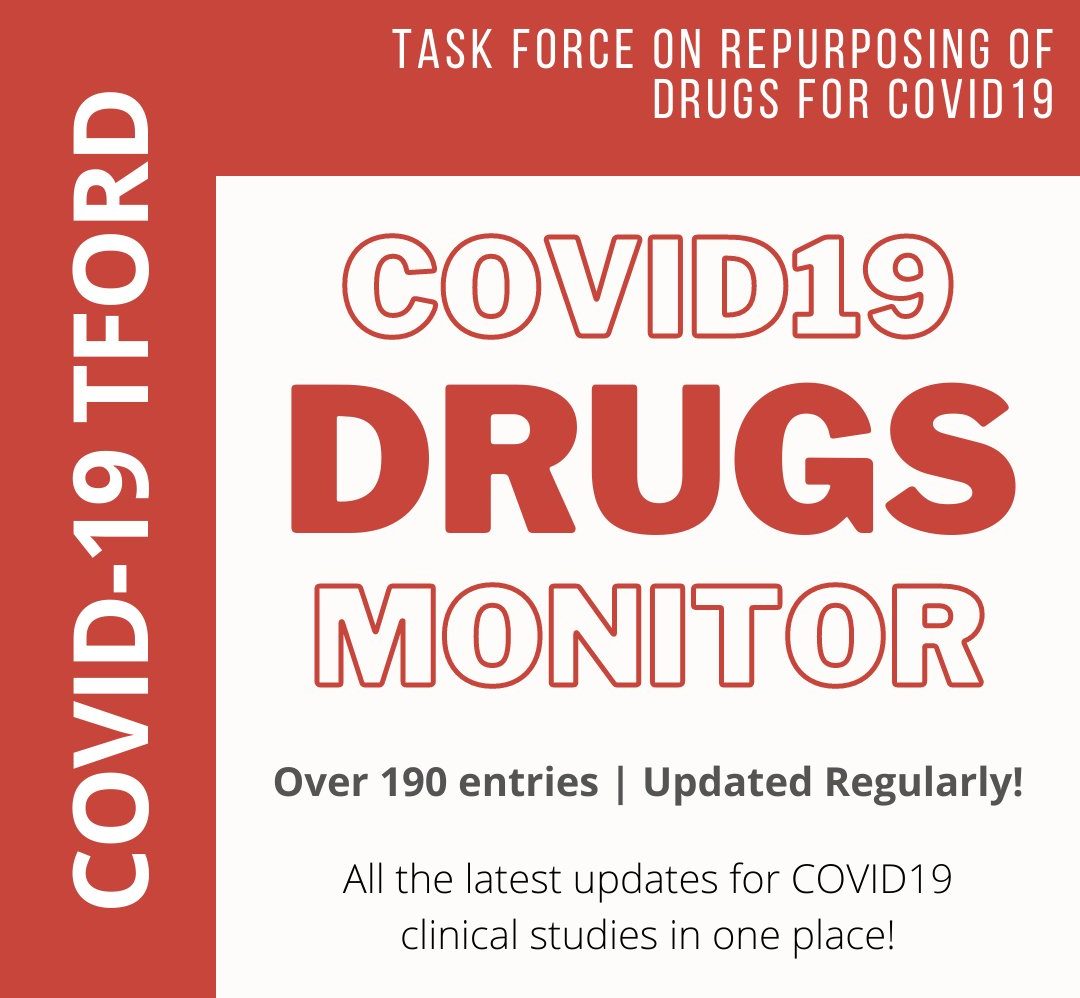(10 Dec 2020) Oseltamivir- lowered fever duration when combined with antibacterials
Effect of early oseltamivir on outpatients without hypoxia with suspected COVID-19
https://doi.org/10.1007/s00508-020-01780-0
A total of 16 COVID-19 suspected medical personnel and their cohabitation families without hypoxia, who came to the adult fever clinic from March to June 2020 were studied. All patients received antiviral therapy (oseltamivir) and antibacterial therapy together. Most of the infected patients were female (10, 63%), 1 had diabetes (6%) and 3 hypertension (19%). The median age was 45 years (interquartile range [IQR] 31-60 years). Oseltamivir administration made the temperature fall within 24h in part (10, 63%). Clinical data were compared between patients receiving early treatment (ET) with oseltamivir, initiated within 24h, and patients administered late treatment (LT), initiated after this time point. Duration of fever was shorter in the ET group than in the LT group (31+/- 21h versus 94+/- 38h; p< 0.001). The time from fever onset to treatment initiation correlated with duration of fever (r= 0.77; p< 0.001) and the time from peak to decline (r= 0.58; p< 0.05). These findings suggest that early oseltamivir administration may lower the duration of fever in COVID-19 suspected outpatients without hypoxia when it is used in combination with antibacterial therapy.
